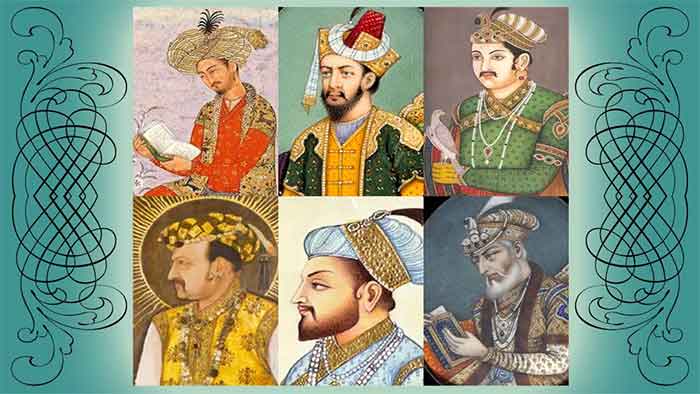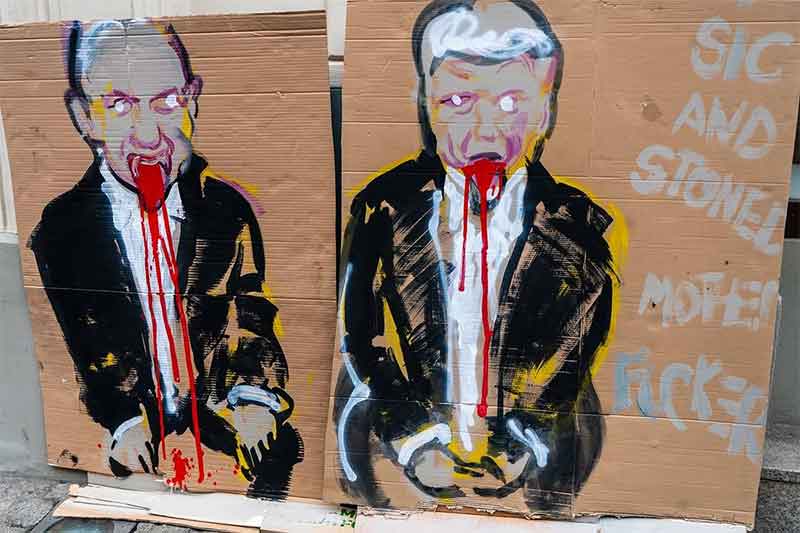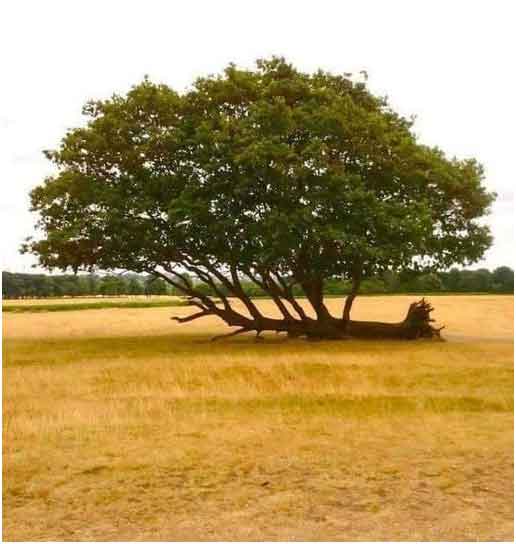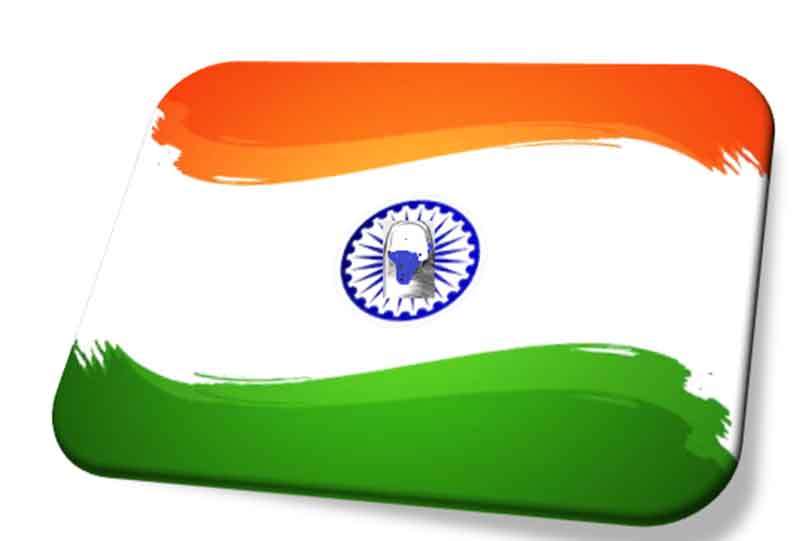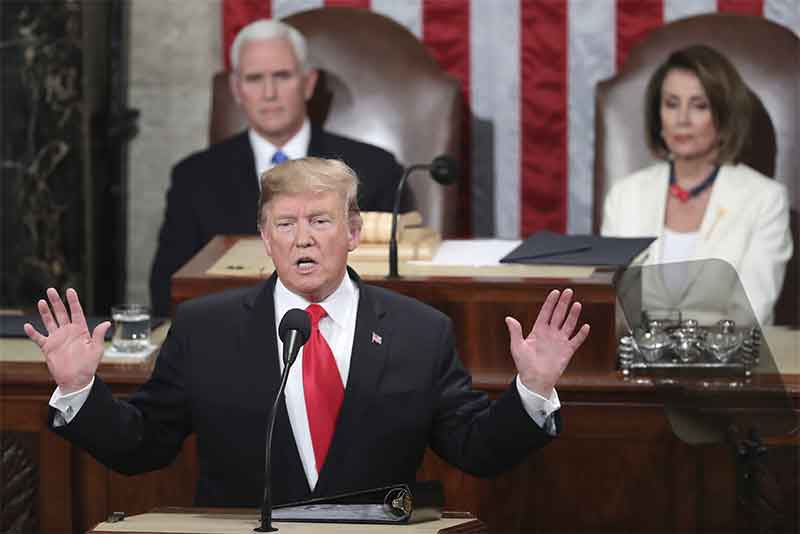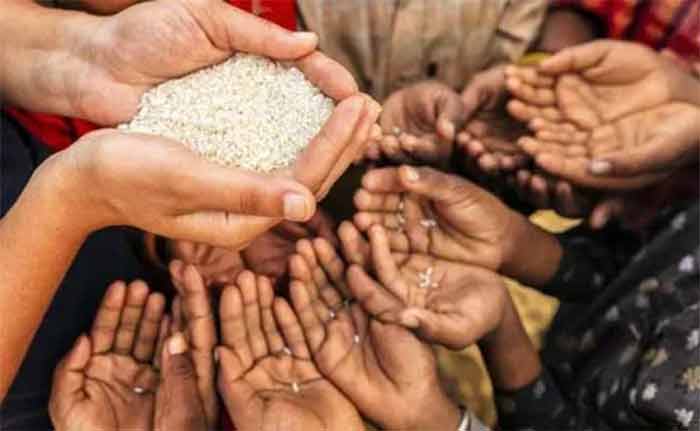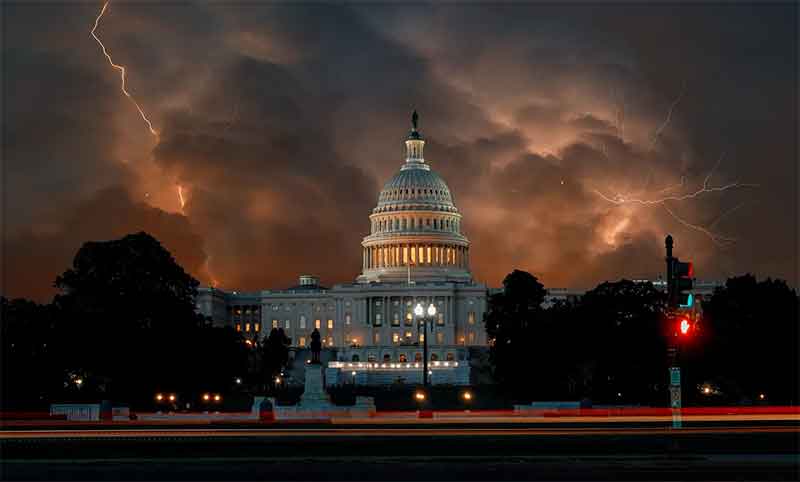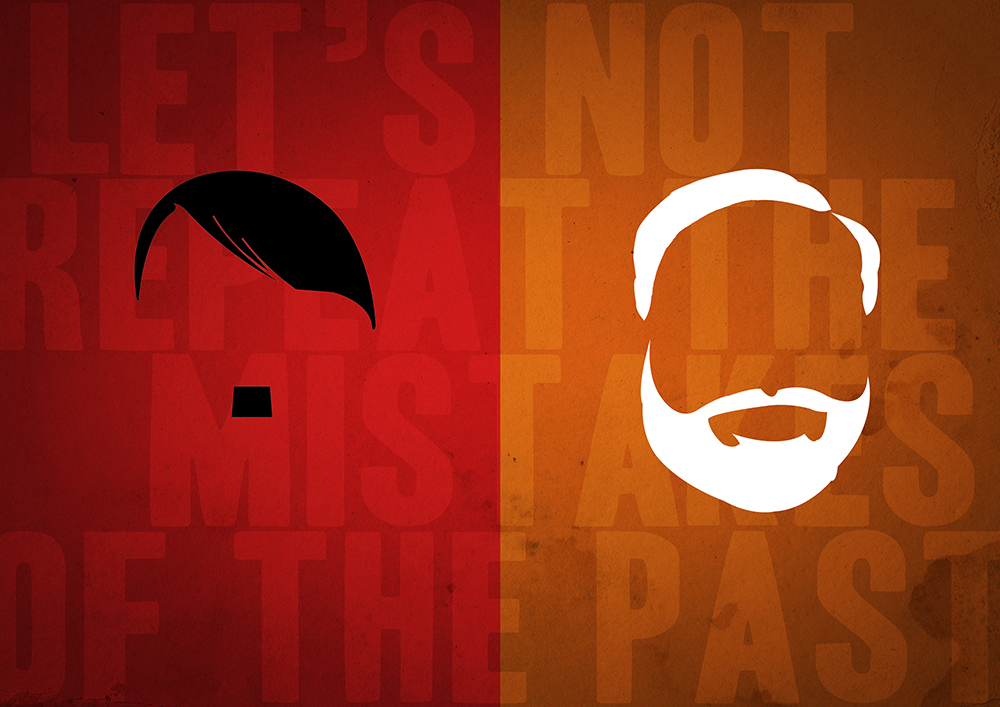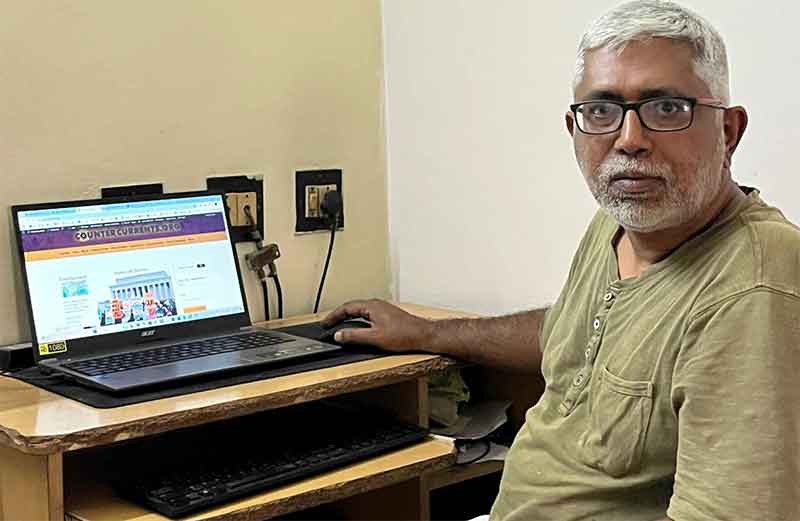Much before the rise of the nefarious agribusiness, harvesting was a community happening in the U.S. `Let us not forget that the cultivation of the earth is the most important labor of man. When tillage begins, other arts will follow. The farmers, therefore, are the founders of civilization’, observed Daniel Webster, an American statesman.
The farmer has a solid, stable position in the world order. They have “a sense of identity, a sense of historical and religious tradition, a feeling of belonging to a concrete family, place, and region, which are psychologically and culturally beneficial.” The harmony of their life checks the encroachments of a fragmented, alienated modern society.
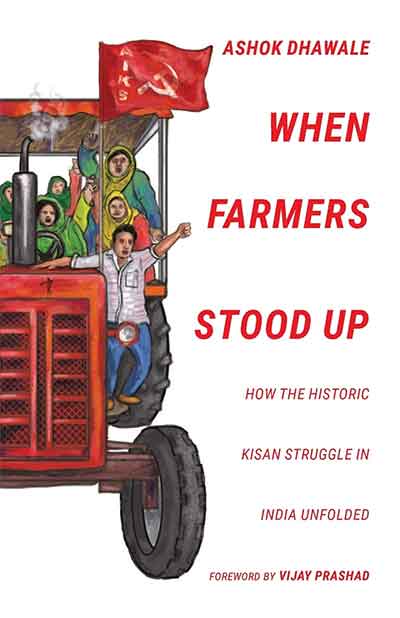
Cultivation of the soil “has within it a positive spiritual good” and from it the cultivator acquires the virtues of “honor, manliness, self-reliance, courage, moral integrity, and hospitality.”
That apart, I was taking a look at the book The Non-Representation of the Agricultural Labourers in 18th and 19th Century English Paintings by Penelope McElwee .
The title is self explanatory. It typifies the neglect of the poor by the establishment and even the art world through much of history.
Even now, though agriculture is so important for our survival, ecological as well as from the point of feeding the population, it remains neglected.
In the light of this the revolt by farmers in India in 2020 was significant and drew widespread media attention.
Dr Ashok Dhawale played a leading role in organising the historic farmers’ protests in 2020 and has done the important job of writing a book on it – When Farmers Stood Up.
In the summer of 2020, the Narendra Modi government pushed through three anti-farmer, pro-corporate bills in parliament. This came after decades of cuts in subsidies and price supports to the farmers, leading to deaths by suicide of 400,000 debt-ridden farmers, a fourth of them since Modi became prime minister in 2014.
On 26 November 2020, farmers began a heroic protest that lasted through the pandemic, police repression, government callousness and attacks, and harsh weather. It was the largest peaceful mass mobilization of contemporary times on the planet. A week before the first anniversary of the protest, Modi surrendered.
The farmers’ revolt was guided by the Samyukta Kisan Morcha (SKM), a coalition of over 500 farmers’ organisations. Ashok Dhawale has been a leader of the kisan movement for three decades. As the current wave of struggles grew, he emerged as an important leader of SKM. He has not only helped shape the struggle, but he has also documented it meticulously, both its advances and its limitations, with unique insights that only close proximity can provide.
This book is the culmination of his documentation. Ashok Dhawale writes with honesty and humanity, and his account is as moving as it is inspiring.
Ashok Dhawale is President of the All India Kisan Sabha. A medical doctor by training, he began activism as a student. He was drawn into the Kisan movement by the legendary Godavari Parulekar. He is a member of the Polit Bureau of the Communist Party of India (Marxist).
It has a foreword by Vijay Prashad, an Indian history scholar and journalist. Prashad is the author of forty books, including Washington Bullets, Red Star Over the Third World, The Darker Nations: A People’s History of the Third World and The Poorer Nations: A Possible History of the Global South
In an earlier book Dr Dhawale has written on the historic kisan march in Maharashtra. He describes, analyses, the the incredible sight – 40,000 poor farmers and landless labourers walking over 200 kilometres, from Nashik to Mumbai. They captured the city’s imagination and left it with an enduring memory. They outsmarted far more powerful adversaries. They made the deaf hear and the blind see.
This book documents one of the more inspiring struggles of our time – the fight of the kisans of Maharashtra against a government committed to money more than people. How did it come about? What were the causes that led to it? How much work did the All India Kisan Sabha put into this extraordinarily disciplined, democratic and dignified protest?
Ashok Dhawale, one of the main leaders of the march, writes a lengthy and detailed essay that is analytical as well as gives a rich sense of the nuts and bolts of the march. Sudhanva Deshpande’s Afterword profiles some of the organisers who made the march possible. This slim, readable volume, with stunning photographs, reproduced in full colour, also contains a Preface by P. Sainath, India’s most important chronicler of agrarian conditions and rural distress over the past three decades.
Vidyadhar Date is a senior journalist and author of a book on public transport







